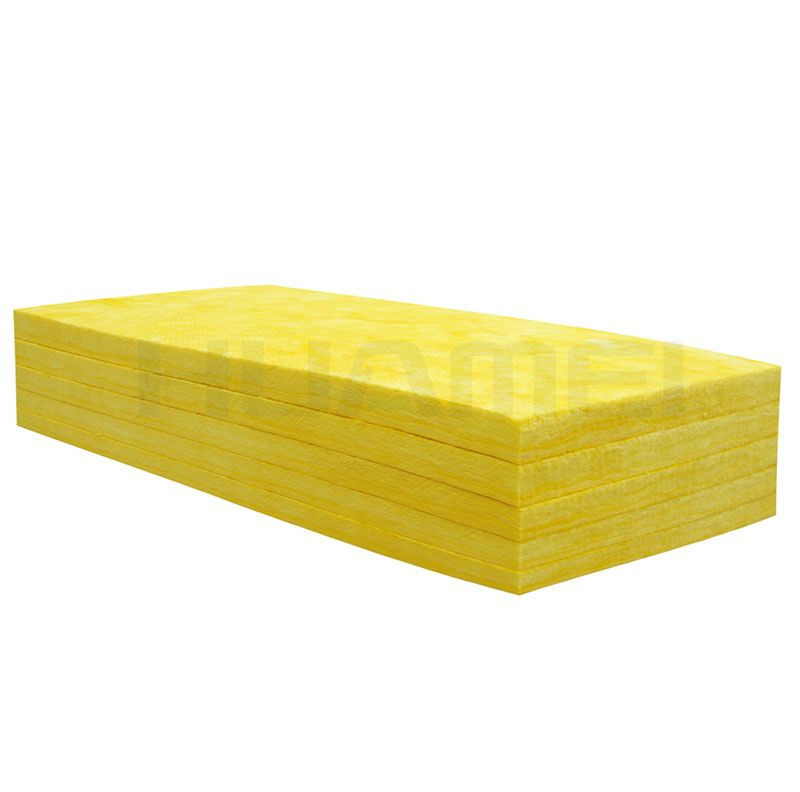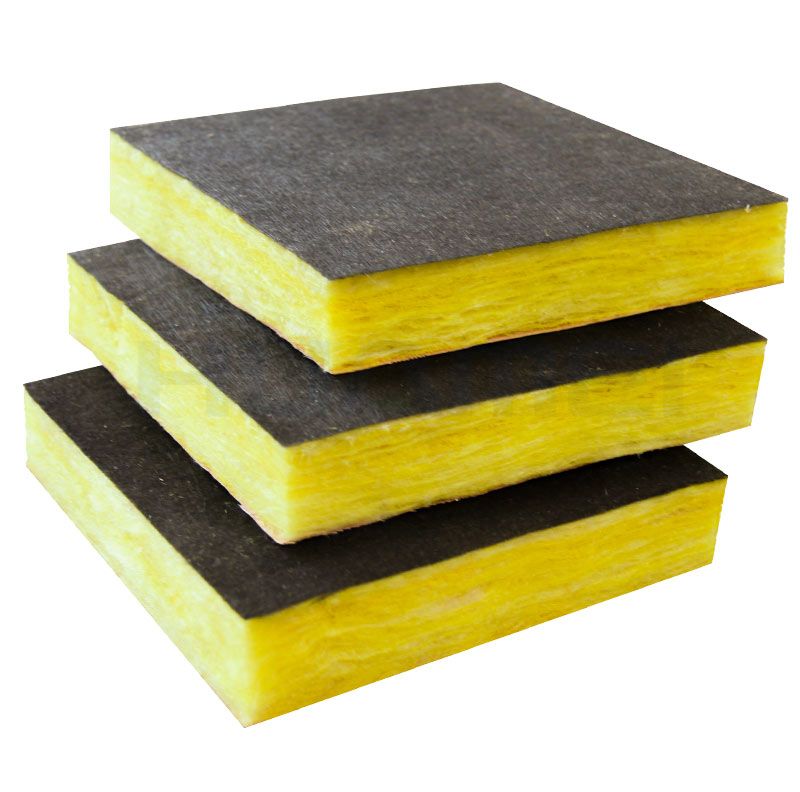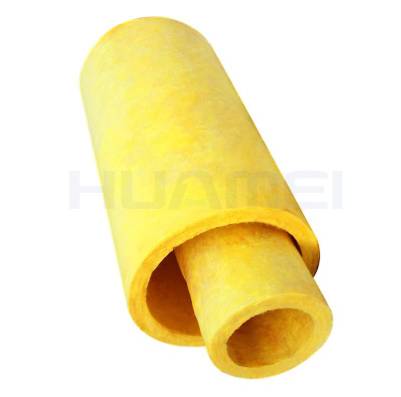E-mail: marketing@hbhuamei.com
1. Glass Wool and rock wool
With the continuous advancement of building energy conservation, the types of exterior insulation materials are increasing day by day. Due to the sudden intensification of the requirements for thermal insulation and fire protection regulations, the market for exterior insulation is seriously chaotic. Some materials that do not meet or are not suitable for the requirements on the wall are successively used in the external insulation of the external wall. This includes glass wool.
 Buy General Glass Wool
Buy General Glass Wool  buy rock wool
buy rock wool
Glass wool belongs to a category of glass fiber and is an artificial inorganic fiber. Glass wool is a material that fibrillates molten glass to form cotton. The chemical composition is glass, and the surface is generally aluminum foil.
At present, the most widely used and most stable A-grade materials in China are rock wool exterior insulation systems. The rock wool outer wall external insulation system uses a hydrophobic rock wool board as the insulation layer of the system. Hydrophobic rock wool board uses a natural rock as the main raw material, mixed with a small amount of blast furnace slag. A kind of mineral fiber made by high-temperature melting and centrifugal blowing, after being mixed with a certain proportion of binders and additives, it is pressed and cut by a pendulum.

Glass Wool
2. Technical data comparison
Construction: The rock wool board adopts the method of sticking nails, which greatly guarantees the safety of the rock wool board, and the glass wool can not be plastered due to its characteristics, so it can only be fixed by anchoring, and the glass wool There is no compressive strength, so the board itself is relatively soft and difficult to apply during anchor construction. Its security is also relatively reduced. The rock wool board is easy to construct, the flatness can be effectively controlled, and the glass wool cannot guarantee its flatness.
The production technology of rock wool board is produced by three-dimensional the interweaving of the internationally advanced pendulum method, but glass wool cannot use this construction technology, and can only be produced by flat weaving method. Therefore, its strength can not meet the requirements of the wall. As a class A material (cotton products) that can be used on the wall, to meet the requirements of two aspects of strength, 1) the compression strength needs to be ≥40Kpa, 2) the tensile strength perpendicular to the board surface needs to be ≥7.5Kpa. The two indicators of glass wool are 0.
The acidity coefficient of the rock wool board is ≥1.6, and the acidity coefficient of glass wool is ≤1.6. The higher the acidity coefficient, the better the strength, high-temperature resistance, and durability of the board. The dimensional stability of the rock wool board is relatively stable at ≤1%, while the dimensional stability of glass wool is ≥8%. Dimensional stability has a crucial impact on the insulation system. Poor dimensional stability can easily cause the insulation board to expand or contract, causing damage to the finish layer and affecting the insulation system.
3. Summary
The rock wool exterior insulation system has more than 30 years of experience in thin plastering in Europe. It is suitable for decorative mortar, paint (non-elastic), and curtain wall dry hanging. Wide range of applications. The glass wool is only suitable for the form of the curtain wall, and the surface can not be plastered. According to the current regulations on external insulation, the insulation board inside the curtain wall must be plastered, and glass wool cannot meet this requirement. Therefore, based on years of experience in exterior insulation systems, it is believed that glass wool products cannot meet the requirements for exterior insulation systems.
Please take care of us for the Glass Wool Wholesale, Huamei Glass Wool is waiting for you here.
Copyright © Huamei Energy-saving Technology Group Co., Ltd. All Rights Reserved | Sitemap | Privacy Policy
Insulation solutions LIST: Insulation solutions LIST